QOTD: How to Solve Racing's Aggression Problem?

About halfway through Sunday's Indianapolis 500, I looked at the clock and thought "this thing will be over soon. I am going to have more free time today than I expected." How wrong I was.
If you watched the race, you saw it turned from a green-flag cruise into a wreck- and red-flag-filled affair that ended with a one-lap shootout. I suspect a big reason for this is that drivers were being a bit cautious early in the race, and once the first crash happened, they decided to be aggressive on restarts -- which led to more wrecks.
You could see drivers taking off "early" on the restarts. That's in quotes because, at Indy, drivers are allowed to start racing when the green flag drops -- they don't have to wait until they hit the start/finish line or some sort of restart zone. So it's legal to start racing as you come out of Turn 4.
I don't know what the best approach is here. Some folks say if a race is going to end under yellow, so be it -- and it's safer for the drivers. Others like the green/white/checker rule used by NASCAR. Others are fine with overtime -- of course, the counter-argument to that is "500 miles means 500, not more!" and that teams budget fuel and tires for 500 miles, not more. I'd point out, though, that just a few more laps would likely be doable using available fuel and tire reserves.
I initially started this QOTD as an op-ed calling out the drivers for being too cautious early and too aggressive late -- but I argued myself out of it because it makes perfect sense for drivers to follow that strategy. After all, you can't win the race if you don't finish -- but also, the race doesn't last forever, and if you're in a position to challenge for the win near the end, you have to make a move. And if that move ends up with you wrecked, well, too bad. Even if you miss out on season points, the gamble is worth it. That's true in any race -- wins aren't easy to come by -- and doubly so in the series' flagship event.
Still, the Indy 500 started to look way too much like recent Daytona 500s. And the final 25 laps seemed to take forever to run.
So, what say you? Is there a way to keep wrecks from ruining the end of races, especially major ones, while still maintaining competitive integrity and (more importantly) driver safety?
Or is this one of these things that just can't be perfected?
Sound off below.
[Image: IndyCar]
Become a TTAC insider. Get the latest news, features, TTAC takes, and everything else that gets to the truth about cars first by subscribing to our newsletter.

Tim Healey grew up around the auto-parts business and has always had a love for cars — his parents joke his first word was “‘Vette”. Despite this, he wanted to pursue a career in sports writing but he ended up falling semi-accidentally into the automotive-journalism industry, first at Consumer Guide Automotive and later at Web2Carz.com. He also worked as an industry analyst at Mintel Group and freelanced for About.com, CarFax, Vehix.com, High Gear Media, Torque News, FutureCar.com, Cars.com, among others, and of course Vertical Scope sites such as AutoGuide.com, Off-Road.com, and HybridCars.com. He’s an urbanite and as such, doesn’t need a daily driver, but if he had one, it would be compact, sporty, and have a manual transmission.
More by Tim Healey
Latest Car Reviews
Read moreLatest Product Reviews
Read moreRecent Comments
- MaintenanceCosts Whenever the topic of the xB comes up…Me: "The style is fun. The combination of the box shape and the aggressive detailing is very JDM."Wife: "Those are ghetto."Me: "They're smaller than a Corolla outside and have the space of a RAV4 inside."Wife: "Those are ghetto."Me: "They're kind of fun to drive with a stick."Wife: "Those are ghetto."It's one of a few cars (including its fellow box, the Ford Flex) on which we will just never see eye to eye.
- Oberkanone The alternative is a more expensive SUV. Yes, it will be missed.
- Ajla I did like this one.
- Zerofoo No, I won't miss this Chevrolet Malibu. It's a completely forgettable car. Who in their right mind would choose this over a V8 powered charger at the rental counter? Even the V6 charger is a far better drive.
- Offbeat Oddity Nope, I won't miss it. I loved the 2008-2012 Malibu, but the subsequent generations couldn't hold a candle to it. I think the Impala was much more compelling at the end.



















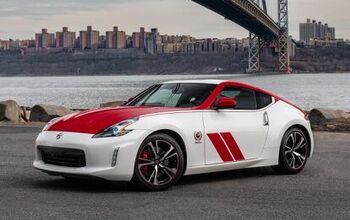


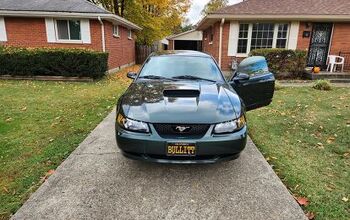
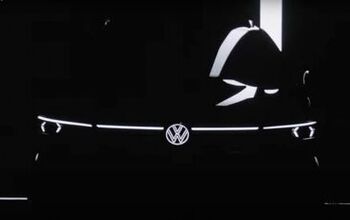
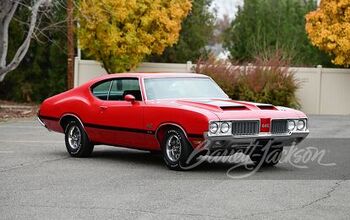
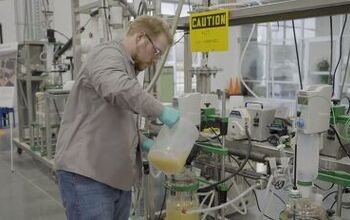

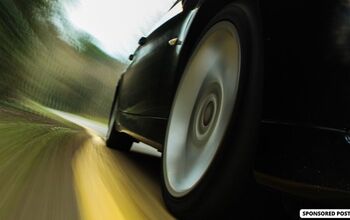




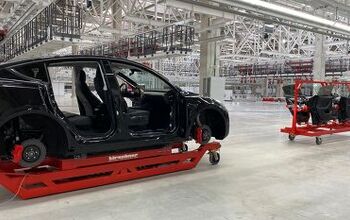

Comments
Join the conversation
Legalize cannabis for racing
Back in olden times, I stopped reading the Superman comics for the stories. It was worth the dime to just read the letters to the editor, with all the letter writers trying to trip up the comics writers with discrepancies, mostly caused by the 4-color printing process, and others arguing the physics of of sn imaginary cartoon character who wore his underwear over his tights. I now find the same thing is hppening here. I'm beginning to shift my interest in TTAC from the articles to the comments section!